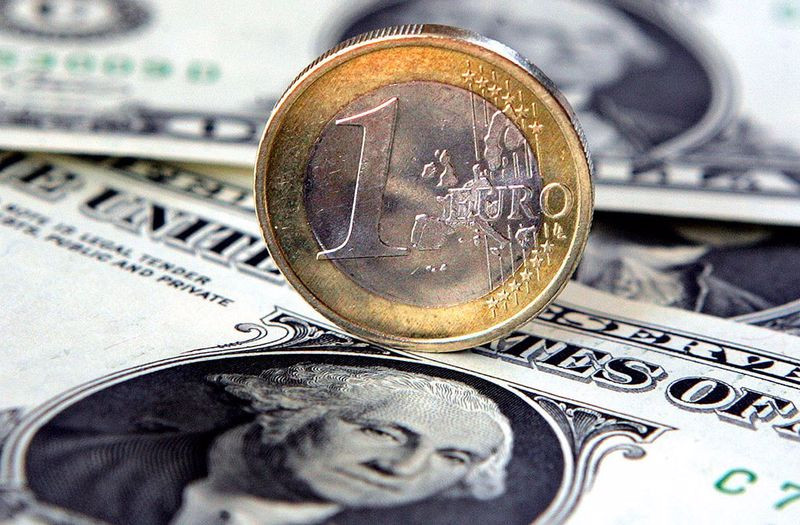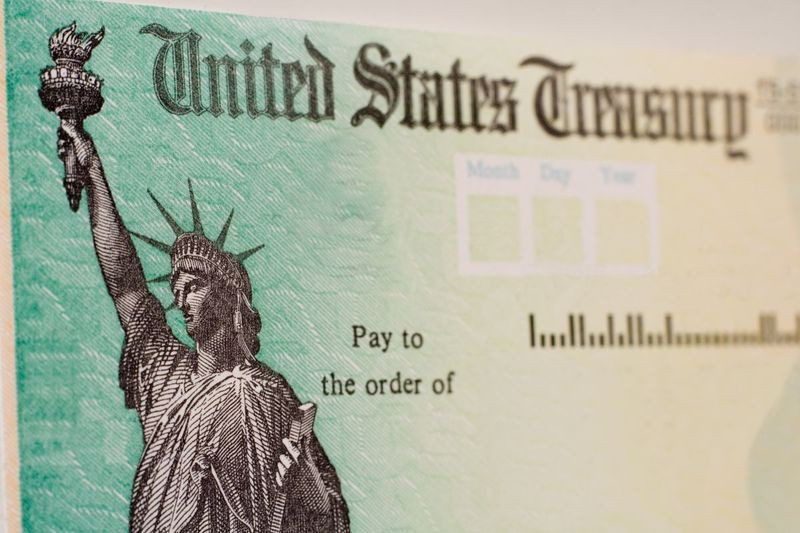
The greenback took a pause in growth after hitting its highest level since July 2020 around 95.25 points. Nevertheless, USD is close to perform its best week in nearly five months against itscounterparts, including the euro.
The US dollar strengthened this week and broke through its two-month trading range. Experts are predicting an even greater rise in the USD.
"We don't think this is the end of the move and expect the US dollar to remain strong into the first half of 2022 as we will be going into the first half of 2022 with the Fed's taper coming to a conclusion and a looming rate hike will offer support for the dollar in this period," Mizuho strategists said.
The US econimic data released on Wednesday showed the biggest annual jump in consumer prices in the last 30 years and triggered the USD rise.
The data questioned the Fed's claim that price pressures would be "temporary" and prompted investors to think that the regulator would raise interest rates sooner than expected.
By September 2022, the Fed is expected to increase the rates twice by 0.5%.
"With annual inflation now topping 6%, is this sufficient to force the Fed's hand? This long, long transitory period has to heap pressure on the Fed," Principal Global Investors specialists said.
The Fed officials are still confident that inflation will come down over time, without the need to raise interest rates.

According to Mary Daly, president of the San Francisco Fed, the central bank still has to remain patient.
"We need to wait to see how this percolates through the economy," before changing monetary policy in response to it," she added.
"We know that the recovery from the pandemic will not be linear," Biden's Council of Economic Advisers said in a nod to prices rising still faster than anticipated.
The CEA "will continue to monitor the data as they come in," the office said.
"Clearly higher inflation is becoming problematic for both the Administration and the Fed," economists at ING said.
With this in mind, further dollar gains look likely, especially against the euro after European Central Bank President Christine Lagarde said last week that higher interest rates next year were very unlikely, pushing back on market bets for a move as soon as next October.
In its latest bulletin, the ECB acknowledged that inflation has been rising longer than previously thought, but reiterated that for the most part, price pressures are temporary.
Meanwhile, the European Commission raised its estimate for eurozone GDP in 2021 to 5% from 4.3%, while the inflation forecast for this year is 2.4%.
However, this news could not confirm the change in the sentiment of the ECB and help the euro.
The "1.1500 support has given way in EUR/USD without much fanfare," said ING, and "technically, the spot move looks as though it can extend to the 1.1300/1330 area this month."
According to some analysts, the pressure on the EUR/USD pair has an increase in US Treasury bond yields, which rose markedly after the release of US inflation data for October.

On Friday, the yield on ten-year treasuries rose to 1.573% from the previous close of 1.558%. On Tuesday (when no inflation data had been published yet) the yield in these securities was estimated at 1.439%.
"Therefore, the intensity of any further EUR/USD depreciation will be determined by the bond markets again," Unicredit said.
"Investors don't appear to be rushing for an intense drop of EUR/USD with earlier declines more moderate than the sell-off indicated by charts, which suggest it should have dropped to 1.12-1.10 and potentially lower," the bank added.
The EUR/USD pair is currently trading at levels last seen in July 2020, and the 1.1430 mark is limiting the fall for now.
Capital flows timed for the end of the week and profit taking could help the pair recover before the weekend.
However, fundamental data still on the side of the dollar, especially after strong US inflation data confirmed the likelihood of earlier-than-expected tightening by the Fed, while the ECB is unlikely to change its extremely soft policy in the near future.
Next week in the US, retail sales and industrial production data for October will be released. In Europe, the region's revised third-quarter GDP and last month's consumer inflation estimates will be released.
As for the technical picture, a breakout of low of 2021 at 1.1436 may create a target for bears at 1.1400 and further at 1.1370.
Resistance is located at 1.1500, 1.1530 and 1.1550.
The short-term outlook for the pair is expected to remain negative as long as it trades below 1.1630.





















